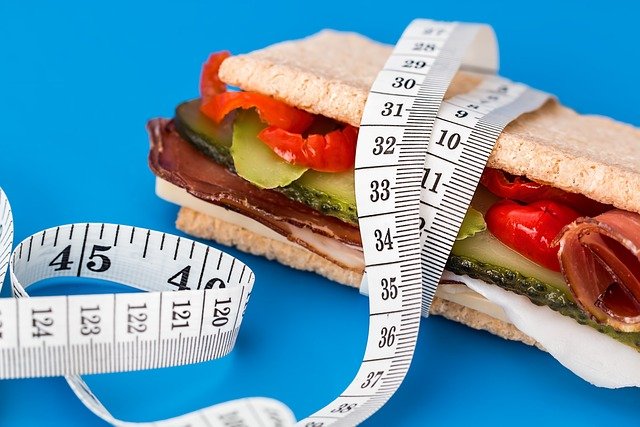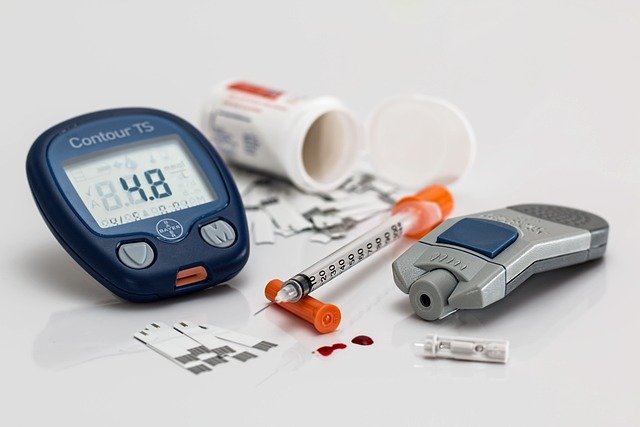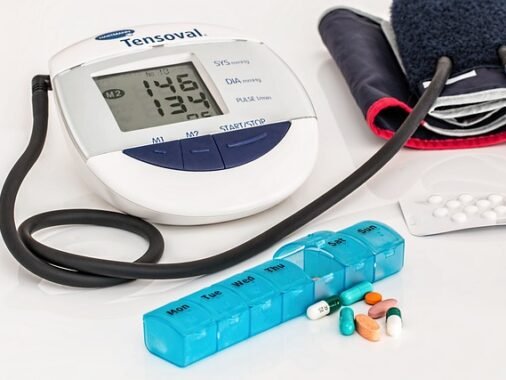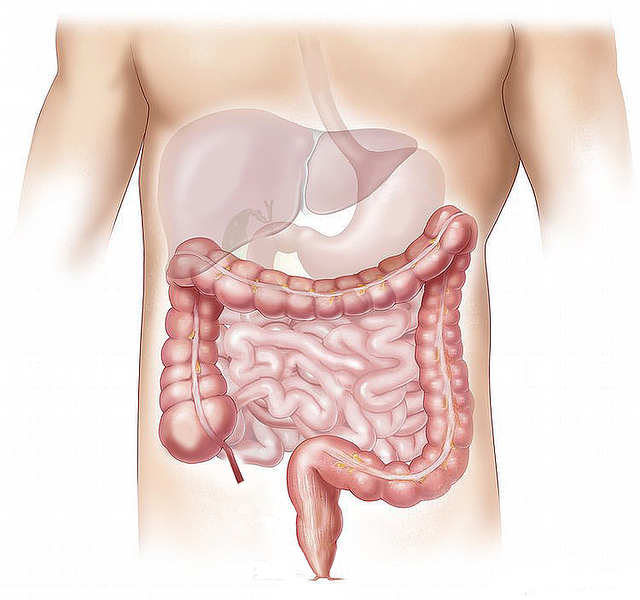Saxenda is a prescription medication used for weight management. It is an injectable drug that contains the active ingredient liraglutide, which is also used in lower doses for the treatment of type 2 diabetes under the brand name Victoza. Saxenda works by mimicking a hormone in the body called glucagon-like peptide-1 (GLP-1), which helps regulate appetite and food intake.
Here are some key points about Saxenda:
- Usage: Saxenda is used as part of a weight management program that includes a reduced-calorie diet and increased physical activity. It is typically prescribed for adults with a body mass index (BMI) of 30 or higher (obesity) or a BMI of 27 or higher (overweight) with at least one weight-related condition such as type 2 diabetes, high blood pressure, or high cholesterol.
- Administration: Saxenda is administered once daily by injection under the skin (subcutaneous injection) of the abdomen, thigh, or upper arm. The dosage is gradually increased over a period of weeks to reduce the risk of gastrointestinal side effects.
- Mechanism of Action: Saxenda works by mimicking the GLP-1 hormone, which helps to control appetite. It signals the brain to feel full, thereby reducing food intake and promoting weight loss.
- Side Effects: Common side effects of Saxenda include nausea, vomiting, diarrhea, constipation, and low blood sugar (hypoglycemia). More serious side effects can include pancreatitis, gallbladder problems, kidney problems, and an increased heart rate.
- Effectiveness: Clinical trials have shown that Saxenda can help individuals lose a significant amount of weight when used in conjunction with a healthy diet and exercise program. However, results can vary, and not everyone will experience the same level of weight loss.
- Contraindications: Saxenda is not recommended for people with a personal or family history of medullary thyroid carcinoma (a type of thyroid cancer) or those with Multiple Endocrine Neoplasia syndrome type 2 (MEN 2). It should also be used with caution in individuals with a history of pancreatitis.
It’s important to consult with a healthcare provider before starting Saxenda to ensure it is appropriate for your specific health needs and to discuss potential risks and benefits.
20 Foods to Avoid While on Saxenda
When taking Saxenda for weight management, it’s important to follow a healthy, balanced diet and avoid certain foods that can counteract the medication’s effects or cause undesirable side effects. Here are 20 foods to avoid while on Saxenda:
- Sugary Snacks and Desserts: Cookies, cakes, candies, and pastries can cause weight gain and blood sugar spikes.
- Sugary Beverages: Sodas, sweetened coffee drinks, and fruit juices can add empty calories and increase appetite.
- Fast Food: Burgers, fries, and other fast-food items are typically high in fat, calories, and sodium.
- Processed Meats: Sausages, hot dogs, and deli meats contain high amounts of sodium and unhealthy fats.
- Fried Foods: Fried chicken, French fries, and other deep-fried items are calorie-dense and low in nutrients.
- White Bread and Pasta: These refined carbohydrates can cause blood sugar spikes and increase hunger.
- High-Fat Dairy Products: Full-fat cheese, cream, and whole milk can contribute to increased calorie intake.
- Sweetened Cereals: Breakfast cereals with added sugars can lead to energy crashes and increased appetite.
- Pastries and Baked Goods: Muffins, croissants, and other baked goods are high in sugar and fat.
- Alcohol: Beer, wine, and cocktails can add empty calories and may interfere with weight loss efforts.
- High-Calorie Sauces and Dressings: Creamy dressings, mayonnaise, and heavy sauces can add unnecessary calories.
- Ice Cream and Frozen Desserts: These are high in sugar and fat, making them counterproductive to weight loss.
- Energy Drinks: These often contain high levels of sugar and caffeine, which can lead to energy crashes.
- Canned Soups: Many canned soups contain high levels of sodium and preservatives.
- Salty Snacks: Chips, pretzels, and other salty snacks can lead to water retention and increased hunger.
- Pizza: High in calories, fat, and sodium, pizza can hinder weight loss efforts.
- Granola Bars: Many are high in sugar and calories, despite being marketed as healthy snacks.
- Candy Bars: High in sugar and low in nutritional value, candy bars should be avoided.
- Buttery Popcorn: Popcorn with added butter and salt can be high in calories and fat.
- High-Sugar Yogurts: Flavored yogurts often contain added sugars that can counteract weight loss efforts.
Instead, focus on consuming nutrient-dense foods such as lean proteins, whole grains, fruits, vegetables, and healthy fats. Always consult with a healthcare provider or dietitian for personalized dietary advice while on Saxenda.
FAQs:
Yes, Saxenda is effective for weight loss when used in conjunction with a reduced-calorie diet and increased physical activity, with many users experiencing significant weight loss.
The monthly cost of Saxenda can range from $1,000 to $1,500, depending on insurance coverage and pharmacy pricing.
Saxenda works by mimicking the GLP-1 hormone, which helps regulate appetite and food intake, leading to reduced hunger and increased feelings of fullness.
Saxenda is generally safe when used as prescribed, but it carries some risks, including potential side effects like pancreatitis, gallbladder problems, and increased heart rate.
Weight loss varies, but clinical trials suggest that many users can lose around 5-10% of their body weight within three months.
Yes, common side effects include nausea, vomiting, diarrhea, constipation, and low blood sugar; more serious side effects can also occur.
People with a history of medullary thyroid carcinoma, Multiple Endocrine Neoplasia syndrome type 2 (MEN 2), or those with a history of pancreatitis should avoid Saxenda.
Three Saxenda pens typically last about one month, depending on the dosage regimen prescribed by your doctor.
Hair loss is not a commonly reported side effect of Saxenda.
Saxenda can cause kidney problems, particularly in people with existing kidney conditions, so it should be used with caution and under medical supervision.
Weight gain is possible after stopping Saxenda, especially if lifestyle changes are not maintained.
Saxenda is not known to significantly affect sleep, though individual experiences may vary.
Saxenda is not a fat burner; it works by reducing appetite and helping you feel full, which can lead to weight loss.
Saxenda typically costs between $1,000 to $1,500 per month, depending on insurance coverage and pharmacy.
The “best” weight loss injection varies by individual needs, but Saxenda and Wegovy (semaglutide) are among the most commonly prescribed and effective options.






